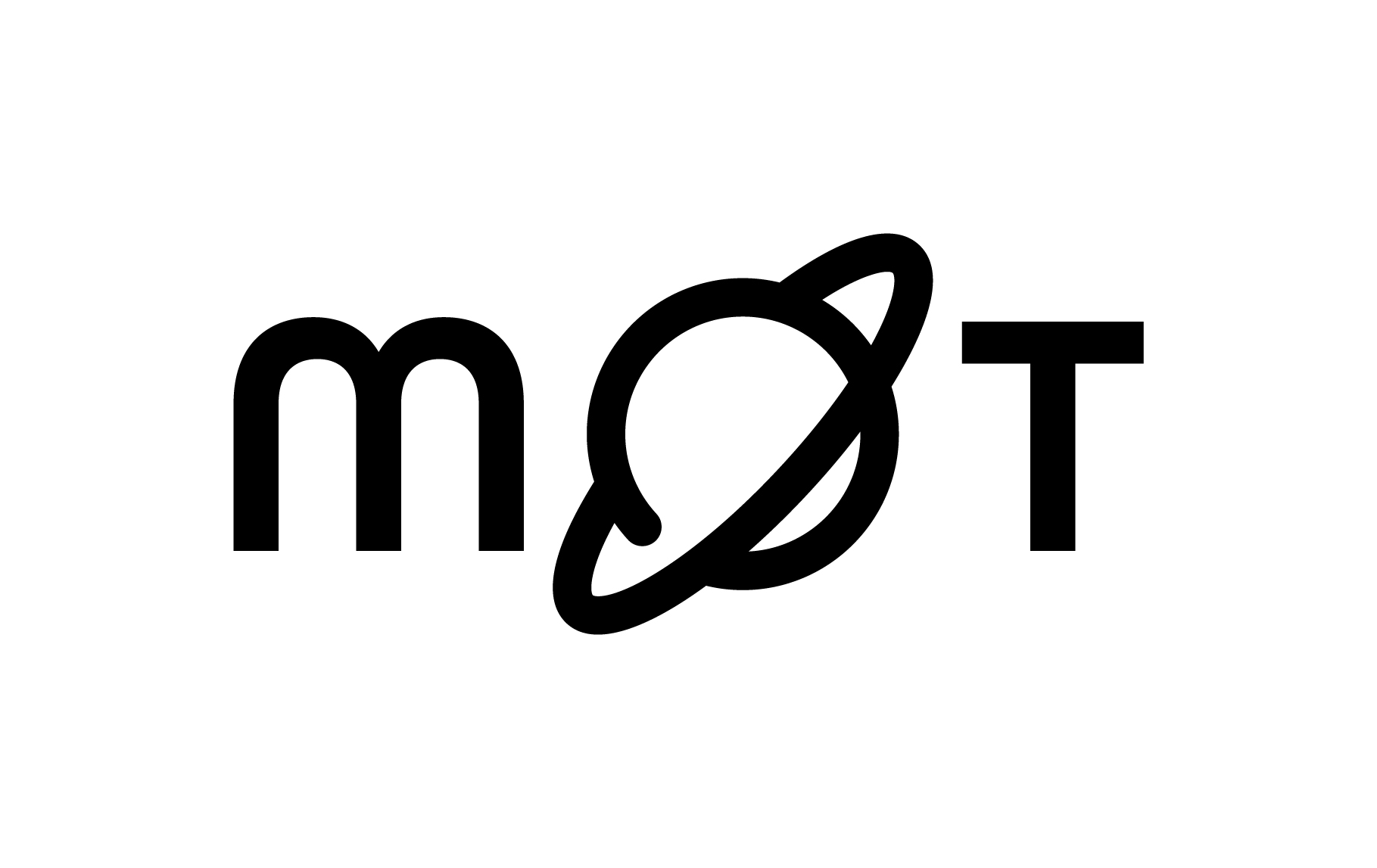By the end of this guide you'll be able to:
- Recognise the different elements of an ‘Abstract’
Abstracts are your way of communicating what you want to cover to organisers and learners. They are used to:
Help organisers determine if your submission is suitable for an event
Help learners decide if they want to attend your session
Therefore if you want your talk, workshop, training, etc. to be successfully selected and attended by lots of people, your abstract needs to shine. Throughout these guides, we’ll explore how to create the best abstract you can possibly make. But first, let’s break down what an abstract is and what it contains.
What is an abstract made up of?
An abstract will differ depending on who you submit to and will likely follow the format below and contain the following information:
Title
Imagine you are a learner either looking for help with a specific problem or have a general interest in a topic. Whether they are at a conference or looking through an events list, the first thing they will look at is the title.
Your title is a means to quickly communicate what your talk, workshop, activity, or other learning content is. You want to ensure that your title is catchy to draw interest, but also clear so learners can understand what you intend to teach.
To help clarify what a good title looks like, let’s look at this abstract title:
Building an API Test Strategy
Description
If a title is designed to hook an organiser or learner into your idea, the description seals the deal. The description is your opportunity to briefly describe your topic, content and benefits to an attendee. A description is usually no more than one or two paragraphs in length.
Once again, let’s look at an example description to learn more about how to create a great abstract
Web APIs are everywhere. Whether you're filing your taxes or hailing a taxi, Web APIs drive the services we use. And as they've grown in popularity in software architectures, they've also grown in complexity. The increase in complexity means teams need a robust testing strategy to handle the many risks that can impact our Web API platforms.
But where do we start? What testing do we need to do? What opportunities are available to us? This talk explores the goal of a good testing strategy to help you choose the right approach for your API testing. We'll explore the different API testing activities available to us and how understanding our testability can inform our API testing strategy.
We’ll discuss the art of writing a good description in detail soon. But this example quickly demonstrates that a good description communicates:
What the talk is covering
What problems can it help solve
What benefits the learner will get from the talk
Learning outcomes / Takeaways
At Ministry of Testing, we encourage a learning outcome-driven approach to help structure our teaching and to help people appreciate what they are going to learn. Other organisers tend to favour takeaways which provide short summaries of what a learner will get from a talk, workshop, etc.
We always recommend you submit learning outcomes regardless of whether you’re being asked to submit outcomes or takeaways. Learning outcomes do an excellent job of communicating the value of your content. For example, look at these learning outcomes for our sample abstract:
By the end of this talk, you'll be able to:
- Illustrate a model for thinking about the role of testing
- List different approaches to testing APIs
- Relate certain testing activities to the mitigation of specific risks
- Use testability models to select suitable testing activities
You can clearly see with these learning outcomes what a learner will be able to achieve at the end of the session. Which is super valuable when deciding whether the session is for them or not.
What are learning outcomes?
Learning outcomes are brief, specific, measurable sentences that capture what someone will be able to achieve after they have engaged with some learning material. They typically answer the sentence "By the end of the lesson, the learner will be able to..." by starting with a verb and then some detail on what they will learn. For example, the learning outcome "List different approaches to testing APIs" would mean someone who attended a talk with that outcome, they should be able to create a list of different API testing approaches.
We'll be sharing more guides on creating outcomes in the future.
Learn More
Writing An Abstract - Learn the tips and tricks to writing an abstract
Improving Your Abstract With Feedback - Learn how getting feedback on Abstracts before submitting them is essential
